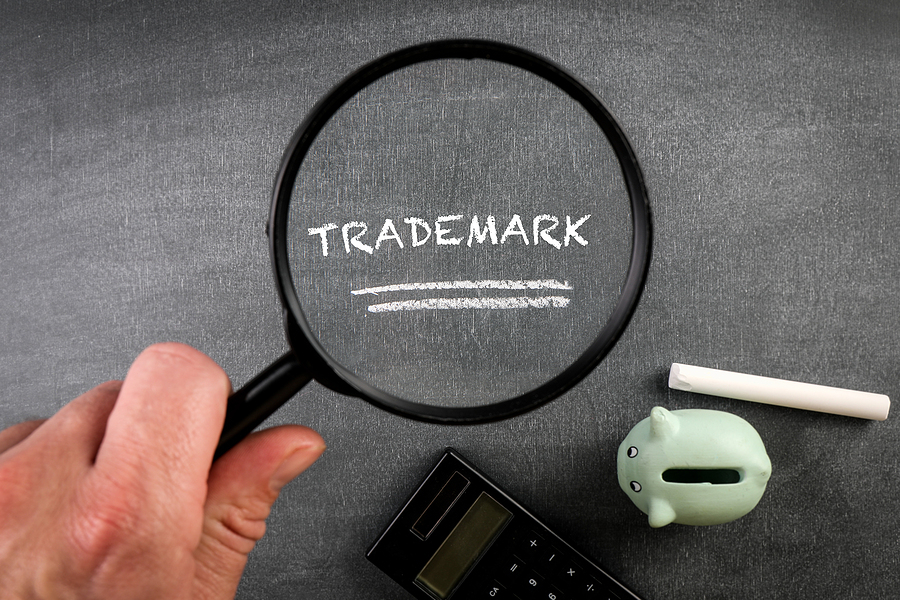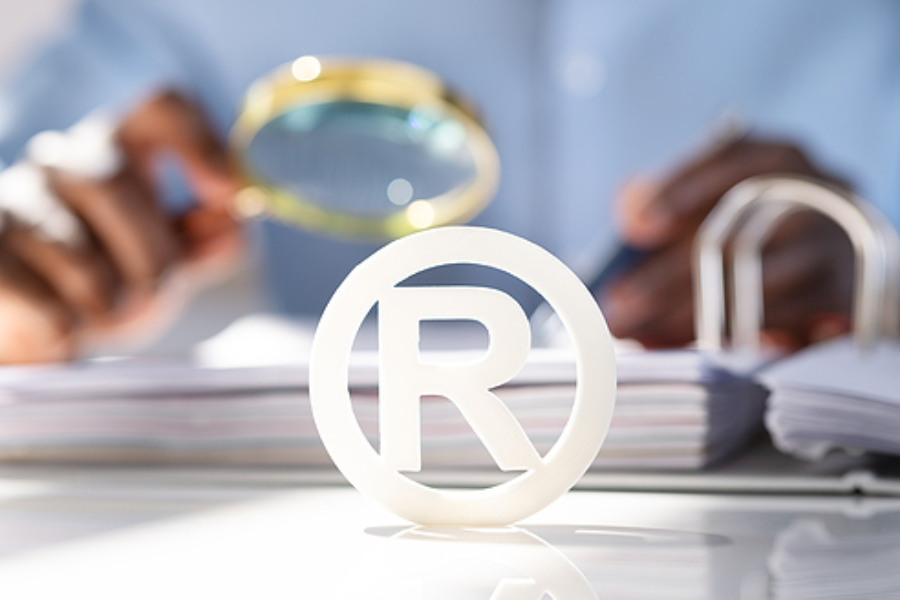Trademark Registration: Why Applications May Get Rejected

The Intellectual Property Office of Singapore (IPOS) is the main body that conducts examinations of trademarks in Singapore, which typically takes anywhere between 8 to 12 months to complete the process. Naturally, every business owner wants their application approved without any issues, but some often overlook trademark mistakes that lead to rejection or objections from the public.
What causes a trademark registration to be refused?
There are many reasons why trademark applications can be rejected. For instance, they may fail to meet the registration criteria. Trademarks may be turned down because:
- The trademark is not distinctive
- The trademark is merely a description of the goods/services
- The trademark is identical or similar to an already existing mark
- The goods and services are not filed in the correct classes or their description is not properly defined
- The trademark cannot be represented in a visual manner
Applicants also need to complete other requirements during submission, including a clear visual representation of the trademark, a declaration of use of the trademark. Trademark applications can be refused if any of these requirements are missing or contain incorrect information.
Distinctiveness of trademarks
In some instances, a trademark cannot be registered because it is too generic. What are generic trademarks? Firstly, trademarks that only contain words or images that are commonly used in the industry are examples of generic trademarks. Next, trademarks that consists of promotional statements or slogans would also be seen to be as generic. Finally, if the trademark consists of an overly simple geometric shape, for example, a circle, or an oval, it would also be deemed to be generic.
The reason why generic trademarks are refused is because it would not be right for any one entity to gain exclusive rights to such words, phrases or images. Since these words or images are commonly used in the industry, granting one party exclusive rights to them would greatly affect the rest of the industry players.
On the other hand, trademarks that contain an invented word, a word with no relation to their business, or an original image have very high chances of being accepted for registration.
The trademark is similar to an existing trademark
Trademarks that are identical or similar to existing trademarks that were filed for identical or similar goods or services would be refused by the office as well.
This is because the acceptance of such trademarks would likely cause the public to be confused by the presence of two identical or similar trademarks that are being used for similar goods or services.
Before applicants submit their trademark filing in Singapore or anywhere else in the world, it is highly recommended to perform a comprehensive search of existing registered trademarks in the database. This helps prevent any conflicts during the examination and avoid rejection.
Applicants can browse the list of these existing trademarks in the Singapore Registry of Trade Marks. By neglecting this step, one risks having their trademark rejected because it is identical to another mark and having to defend their trademark. Delays that arise from these conflicts are bad for business, especially if one is up against another established company.
Classification of goods/services
Many businesses forget the importance of correctly stating the goods and services of their trademark. This is a major oversight, as only the goods and services stated in the application are protected. In other words, the trademark registration does not give you any rights for goods and services that are not stated in the application.
In addition, each country has different requirements relating to descriptions of goods and services. A description that is acceptable in one office may be refused in another office. At Cat and Pillar, we make full use of the pre-approved list of goods and services of each country, ensuring that applications are not rejected because of the way the goods and services are worded.
Conclusion
Getting a trademark approved and registered will not always go without a hitch. Hence, conducting the necessary research to ensure the best chances for success is critical.
If you are looking to file a trademark or apply for trademark renewal online in Singapore, or anywhere else in the world, Cat and Pillar can assist you with assessing your trademark on all grounds of examination before the filing is done. Our professional trademark services simplify national filings and international trademark registration via the Madrid Protocol. Let our experienced team guide you today. To learn more about our services, simply visit our website at https://www.catandpillar.com/.



